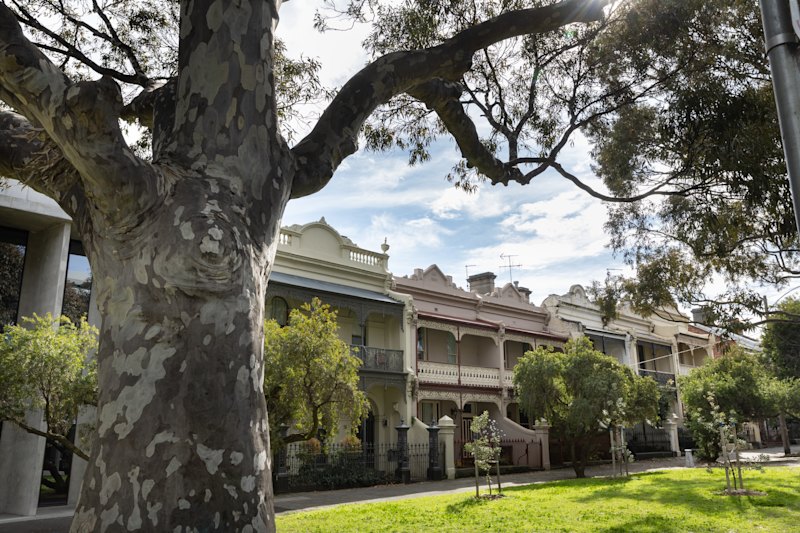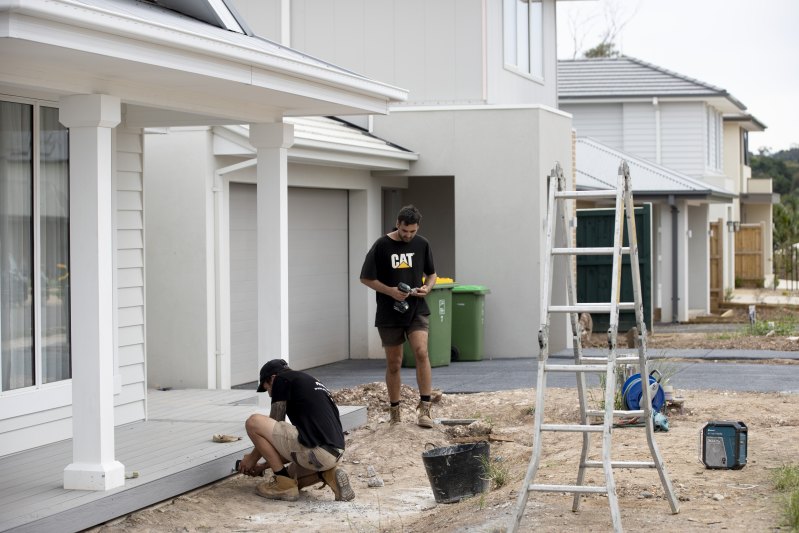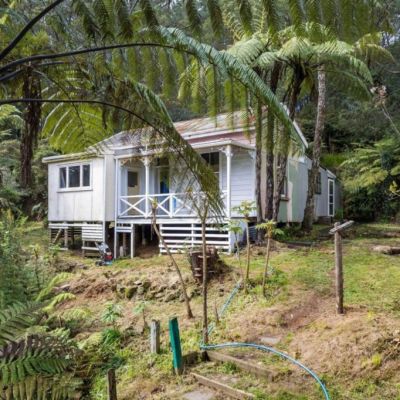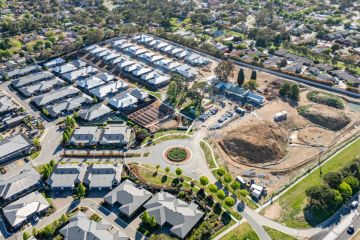How the stamp duty burden near-tripled in a generation
The cost of stamp duty has risen faster than incomes over the past two and a half decades, new analysis shows, adding an extra cost for home buyers compared to a generation ago.
The stamp duty payable on a median priced house in Sydney was 44.5 per cent of gross household disposable income per capita in 2000. By 2024, it had risen to 119.7 per cent, Domain research shows.
In 2024, the gross household disposable income per capita in Sydney was $61,837 per year. With a stamp duty bill of $74,005 on the typical house, this makes the share of income spent on stamp duty 119.7 per cent in 2024.
Melbourne’s stamp duty burden rose from 36.5 per cent to 109.3 per cent over the same time frame, while Brisbane’s rose from 19.5 per cent to 66.3 per cent.
Stamp duty costs have risen between 2.7 and 3.4 times faster than incomes in the eastern capitals since 2000, the research found. Since 2000, stamp duty costs have grown by 2.7 times faster than incomes in Sydney, three times in Melbourne and 3.4 times in Brisbane.
The increase has two causes. Median house prices have soared over the long term and stamp duty thresholds remained largely the same in most states until 2019, which led to a bracket creep effect as buyers were pushed into higher tax brackets for the same quality of property.
The federal government is preparing to hold an economic reform roundtable this week, calling for ideas to improve productivity and take into account the impact on the budget.
Although some big-ticket reforms are unlikely this week, many economists take the view that there would be benefits in transitioning away from stamp duty and towards a broad-based land tax – albeit the hit to state government revenues could require federal transition payments to bridge the gap.
Domain chief of research and economics Dr Nicola Powell said the higher stamp duty costs relative to incomes were a financial burden on buyers that could lead to a misallocation of housing.
“Australians will make a leap to a much larger property because they want to reduce the amount of [tax] they pay over the life cycle,” she said.
“You will get some home owners who factor in the cost of stamp duty and stay put. They renovate, extend.”

She said it discourages some home owners from moving for job opportunities because the cost associated with buying and selling a property are so large.
Previous research from think tank the e61 Institute found that when Queensland increased stamp duty in 2011, for each percentage point stamp duty rates rose, the volume of home purchases fell 7.2 per cent and the rate of people changing addresses was similarly affected.
It also showed that the typical stamp duty payment relative to take-home income has doubled since the 2000s.
Dr Nick Garvin, research manager at the e61 Institute, said the rising impact of stamp duty was not evidence that stamp duty should not have progressive tax rates. Instead, it showed that the cost of moving homes had crept up without people noticing too much.
“It is quite a harmful tax,” he said. “The burden that it’s having has grown a lot over time without acknowledgement this was a problem and it’s getting worse.
“The burden of stamp duty on younger generations who are buying now is much, much higher than it was for previous generations … It punishes people that need to move homes more often.”
He said the most plausible scenario to remove stamp duty would be to switch to land tax instead, but this would need to account for people who had bought homes and paid tax on them recently to avoid double taxation.
He added that a challenge to tax reform is that stamp duty was paid by people who had saved enough money to buy a home, whereas someone paying a regular land tax would not have the same level of savings.

The ACT started a 20-year phase-out of stamp duty in 2012, replacing it over time with higher annual rates, or effectively a land tax. This means that instead of people who move home a lot paying more tax than people who stay put, the cost is spread more evenly.
Australia Institute senior economist Matt Grudnoff agreed that stamp duty deters home owners from moving for work or empty-nesters from downsizing, and that the impost used to be lower when housing was cheaper, although he thought there may be other tax reforms that would offer more bang for buck.
But he noted that in the ACT there had been a psychological or political impact.
“When you have to buy a house, stamp duty gets merged in people’s brains with the price of the house and loan,” he said.
“Whereas if you have to open a letter every quarter, every year, and see your land rates have gone up, that causes more political pain.”
We recommend
States
Capital Cities
Capital Cities - Rentals
Popular Areas
Allhomes
More
- © 2025, CoStar Group Inc.










